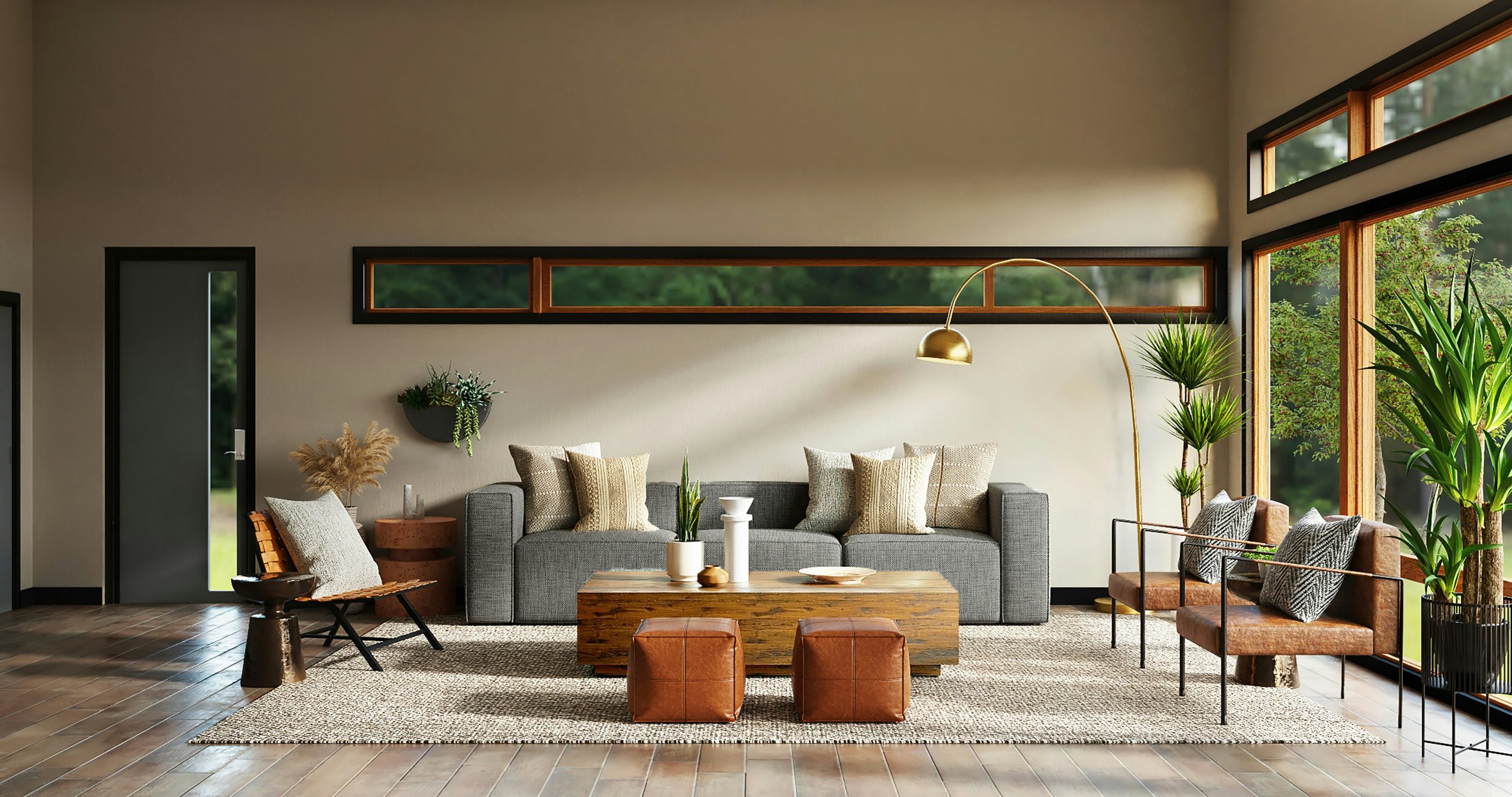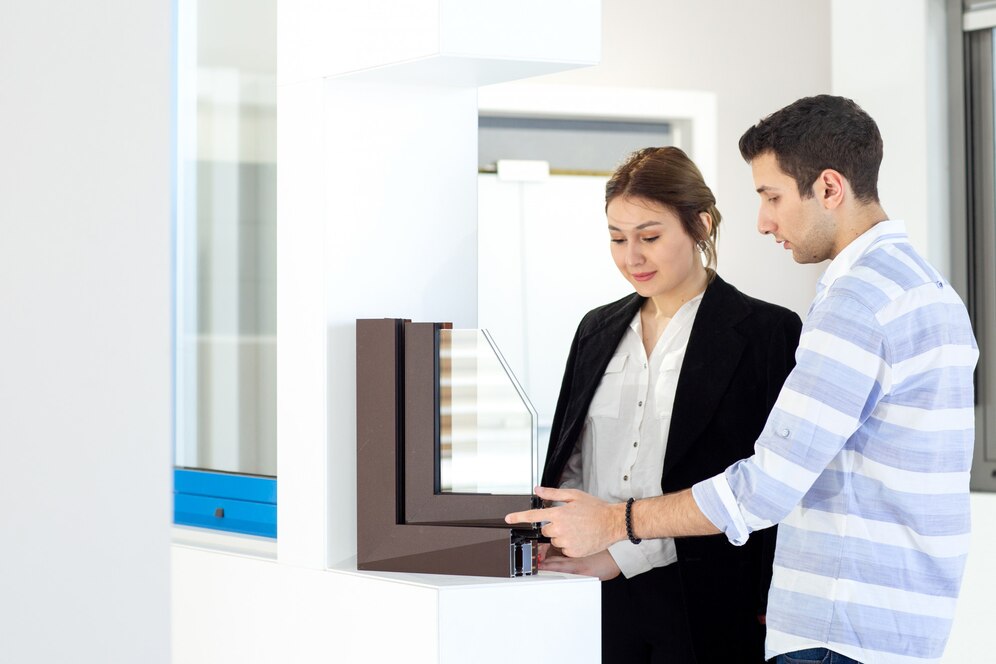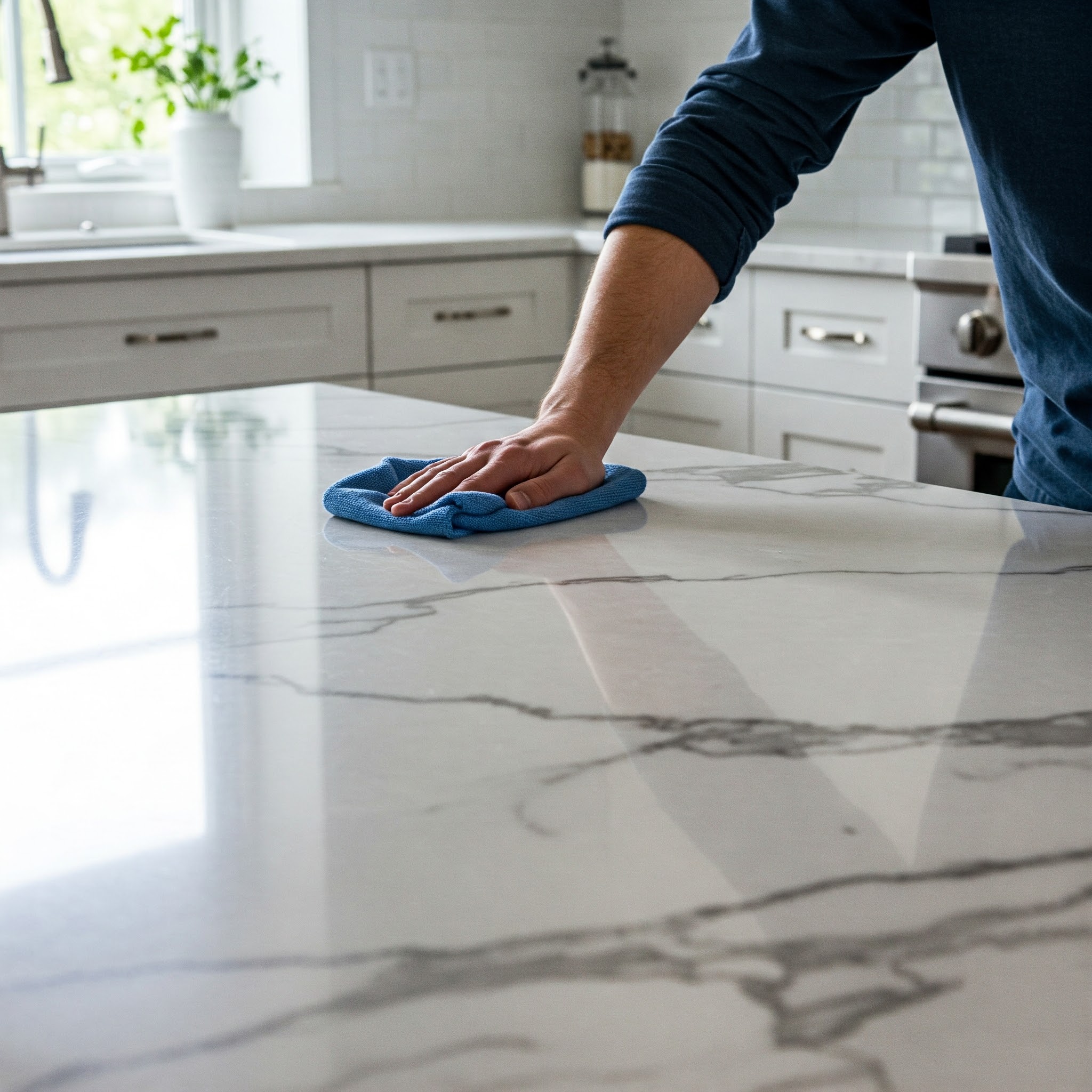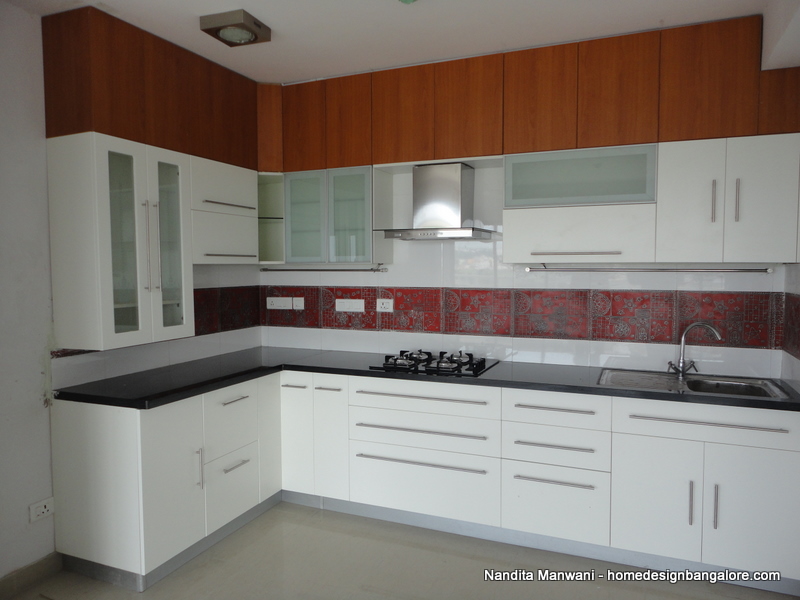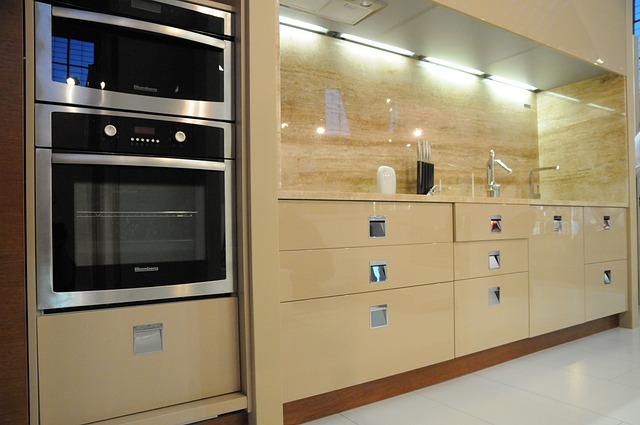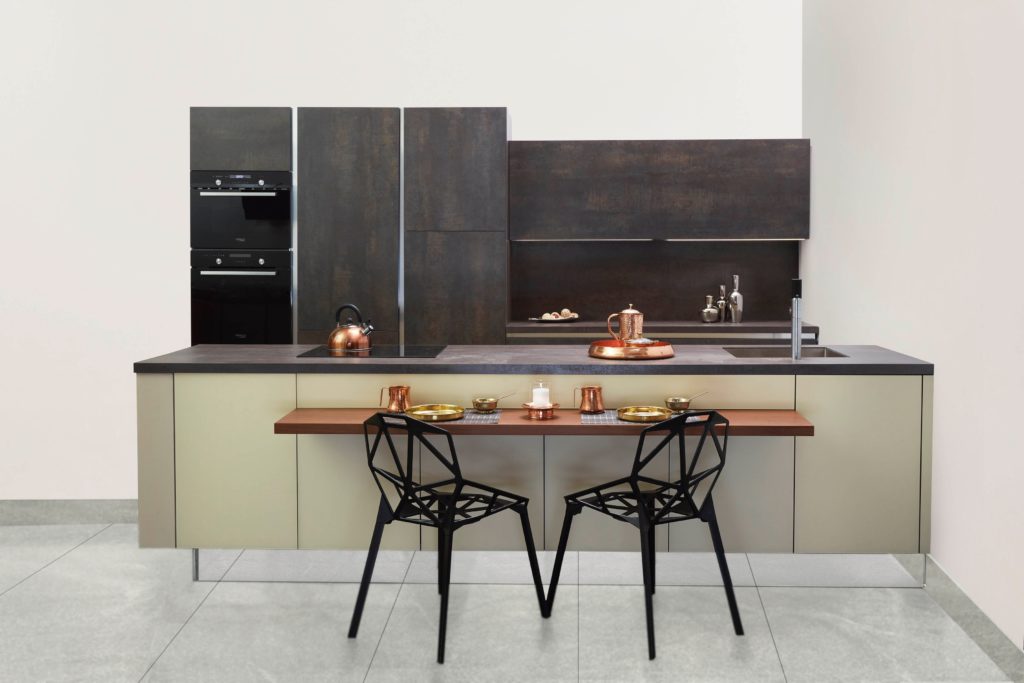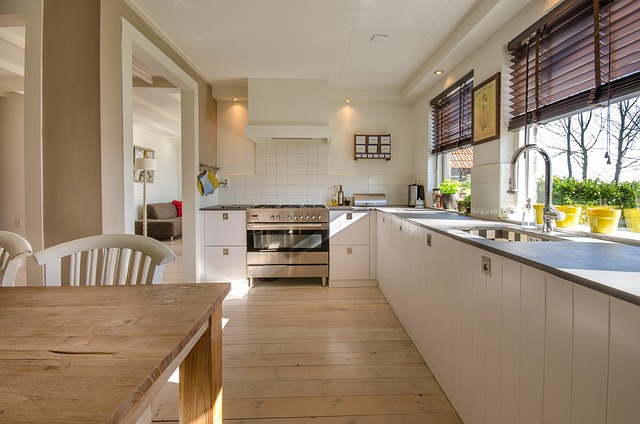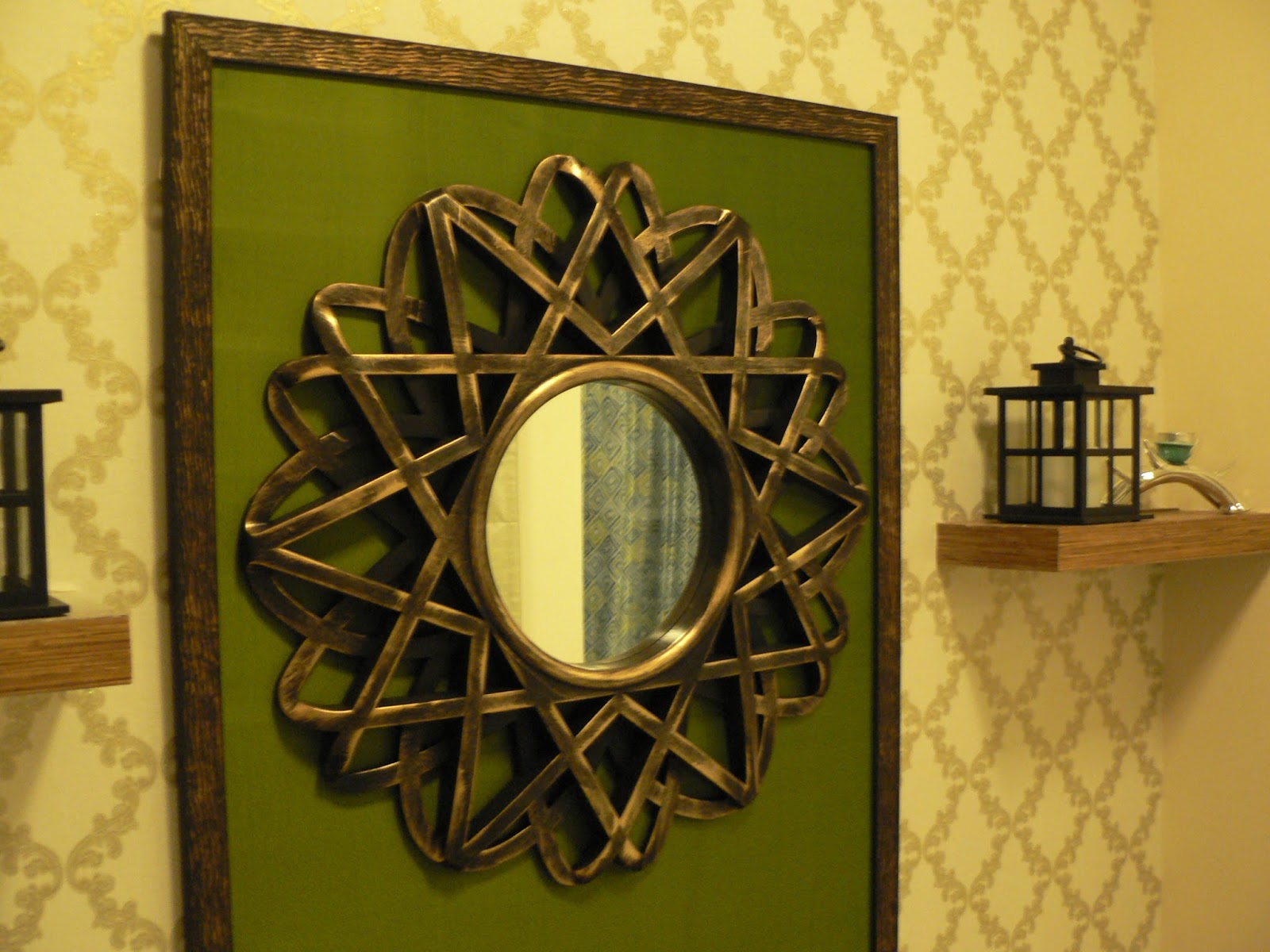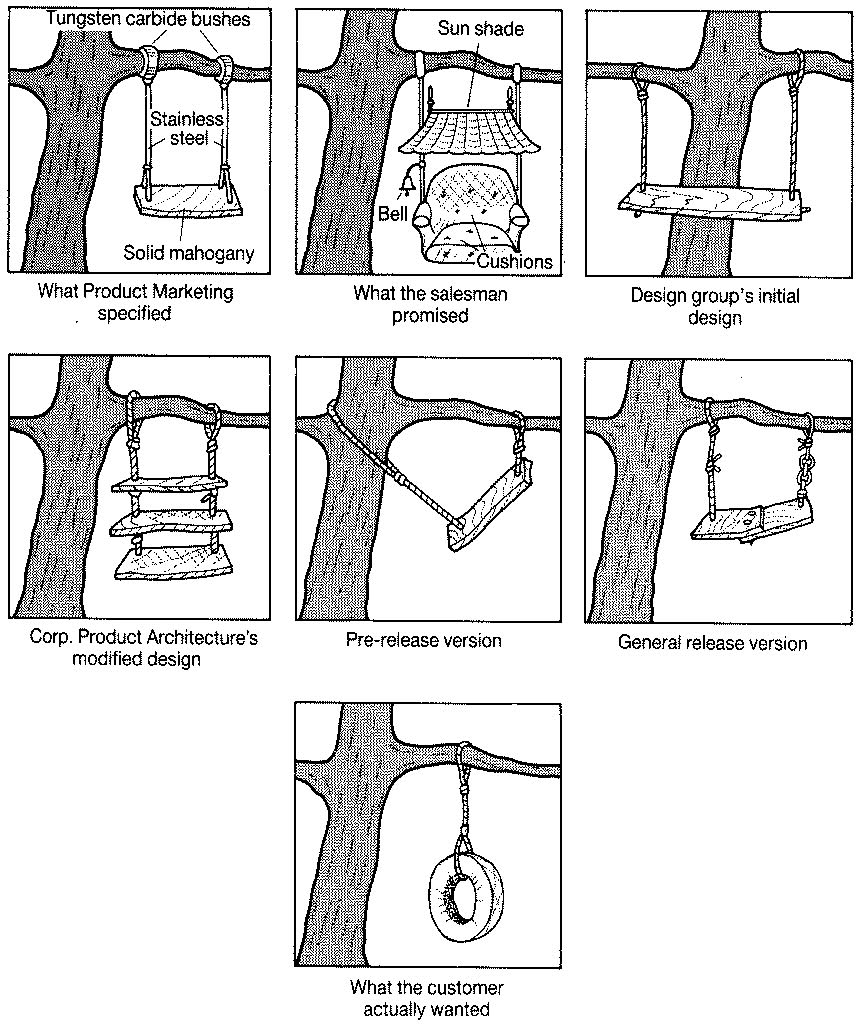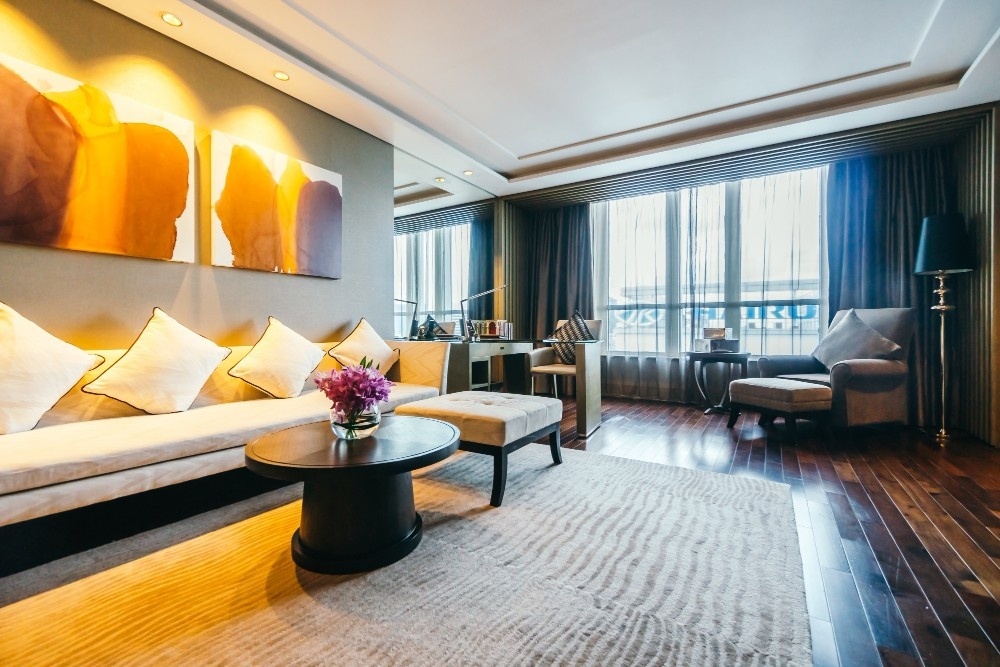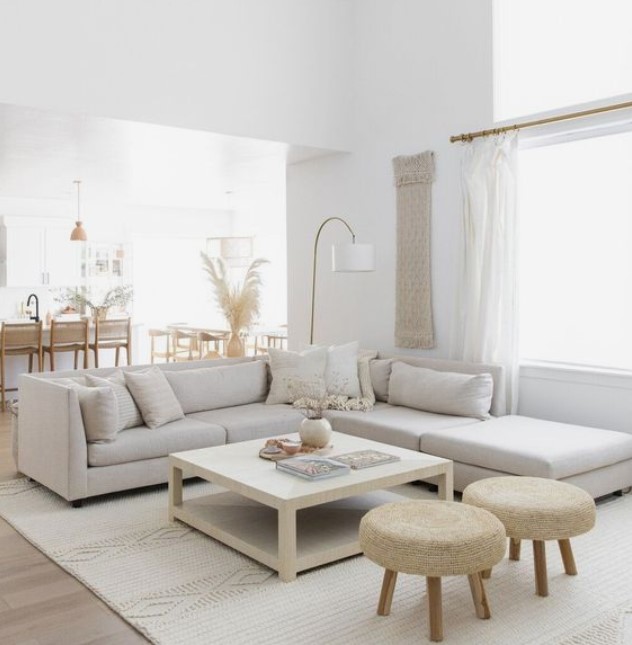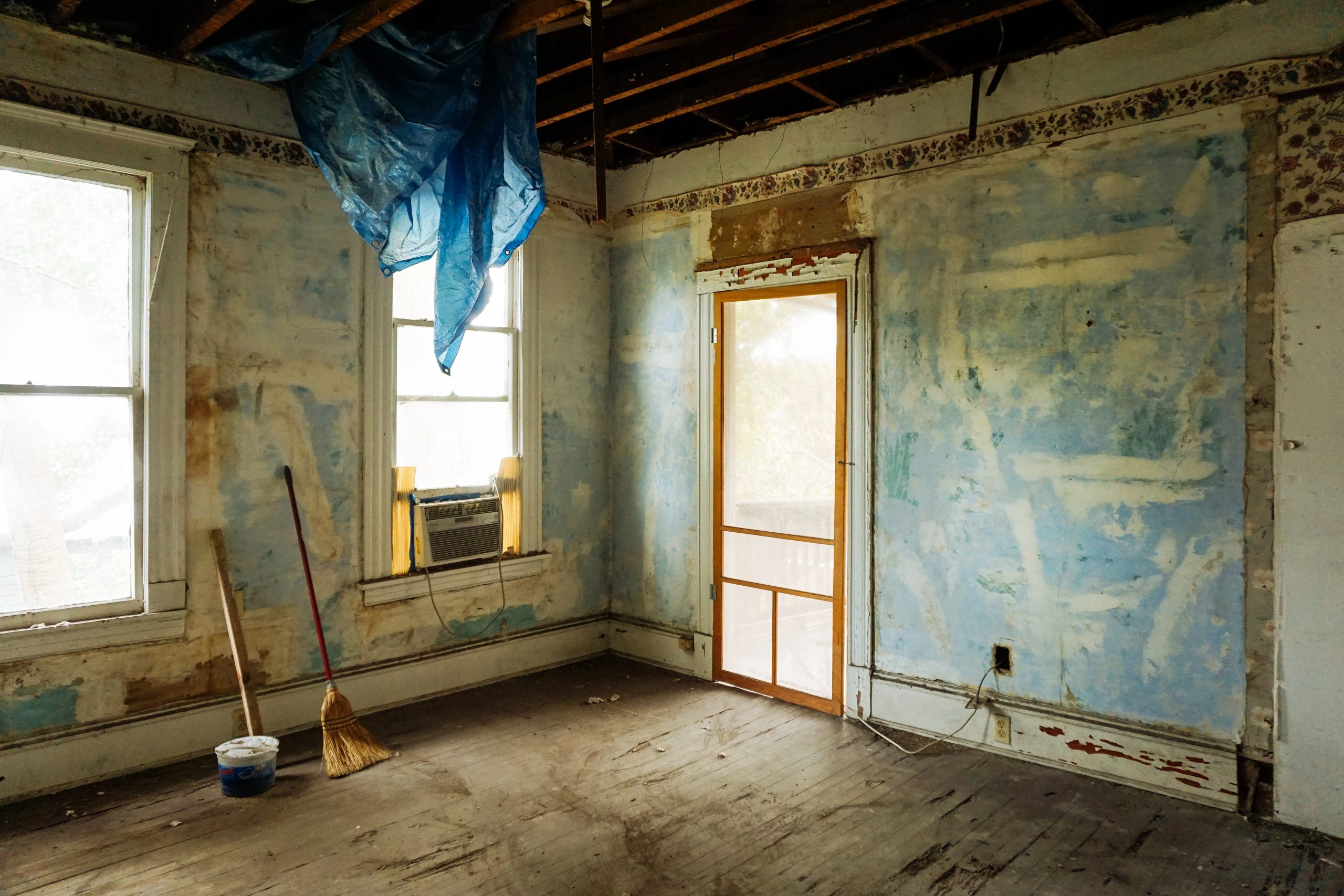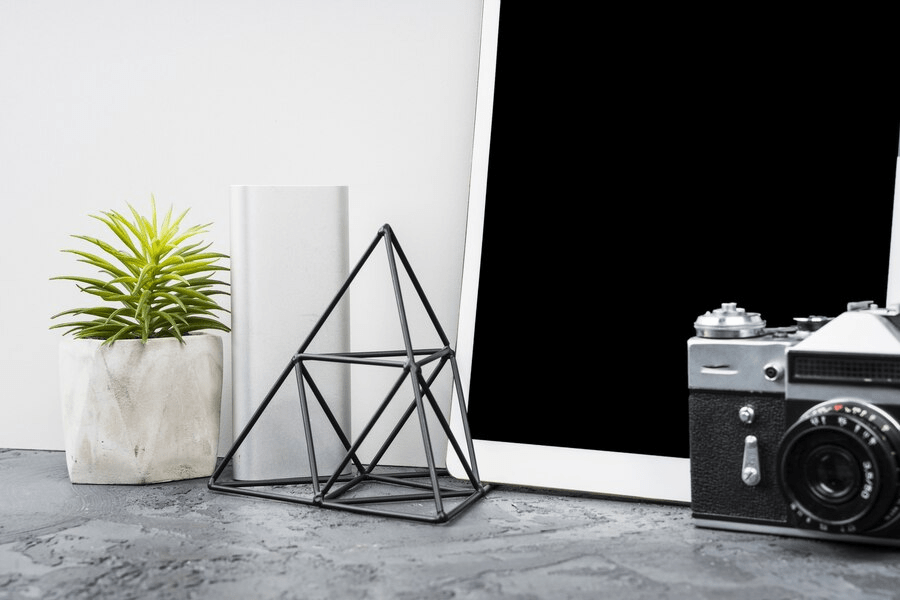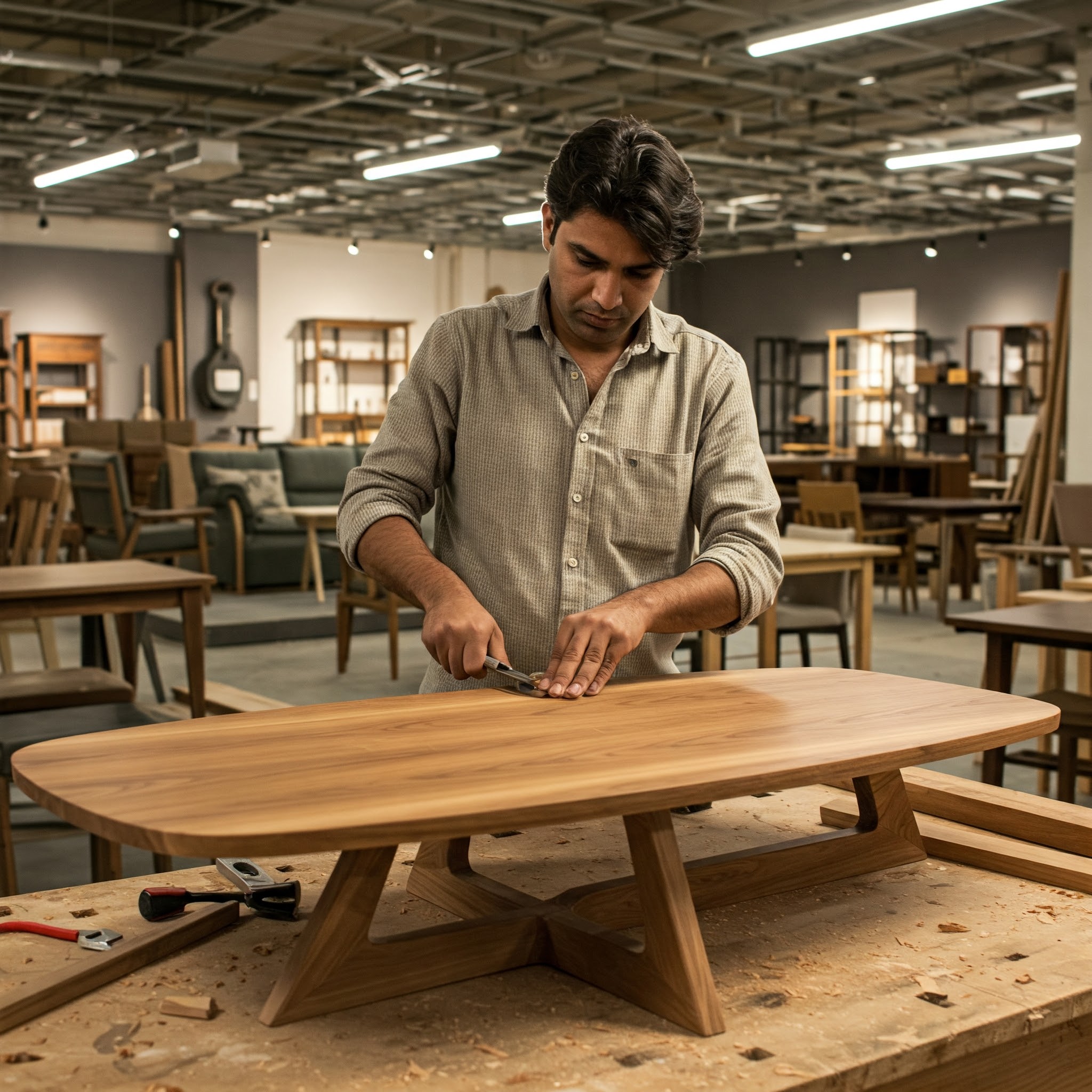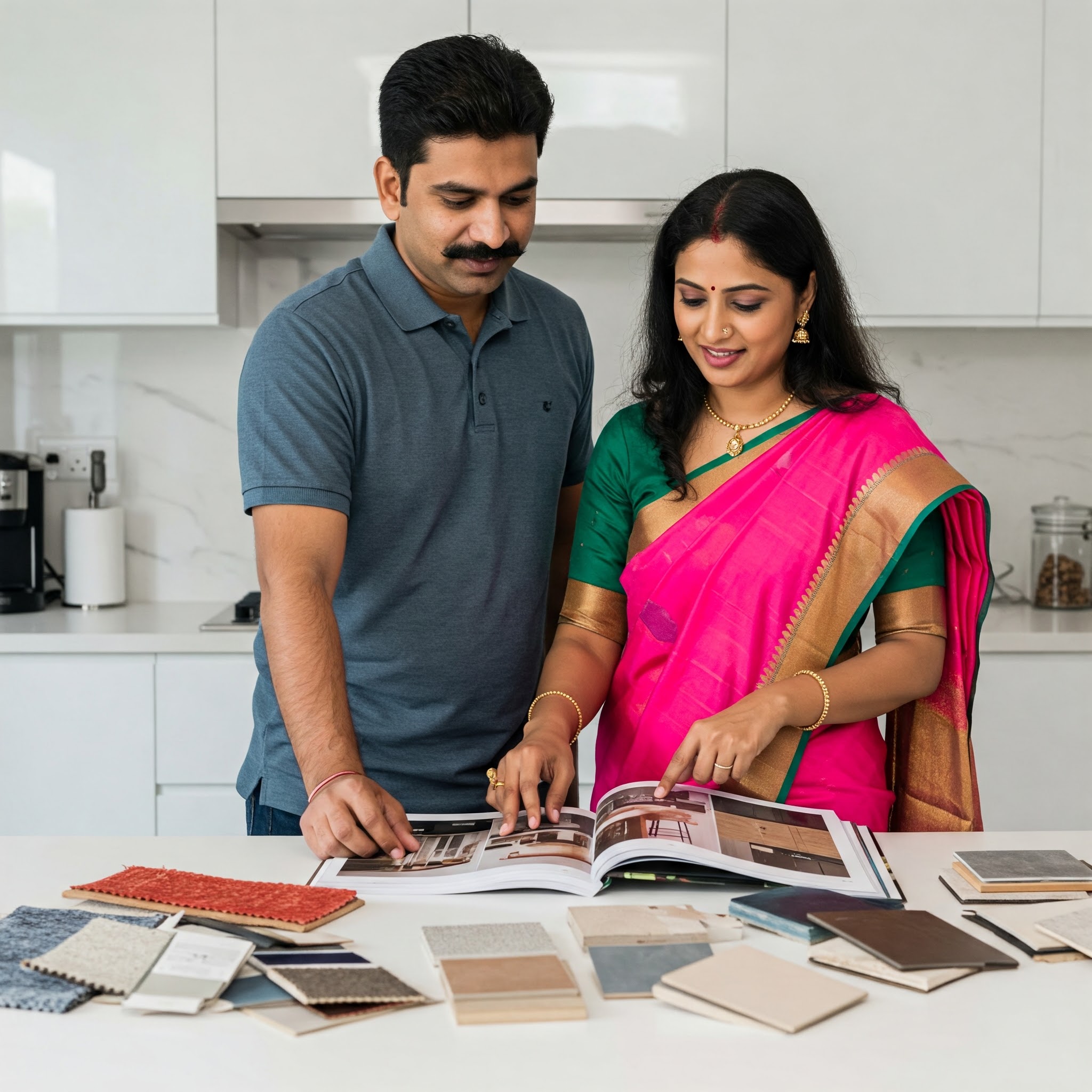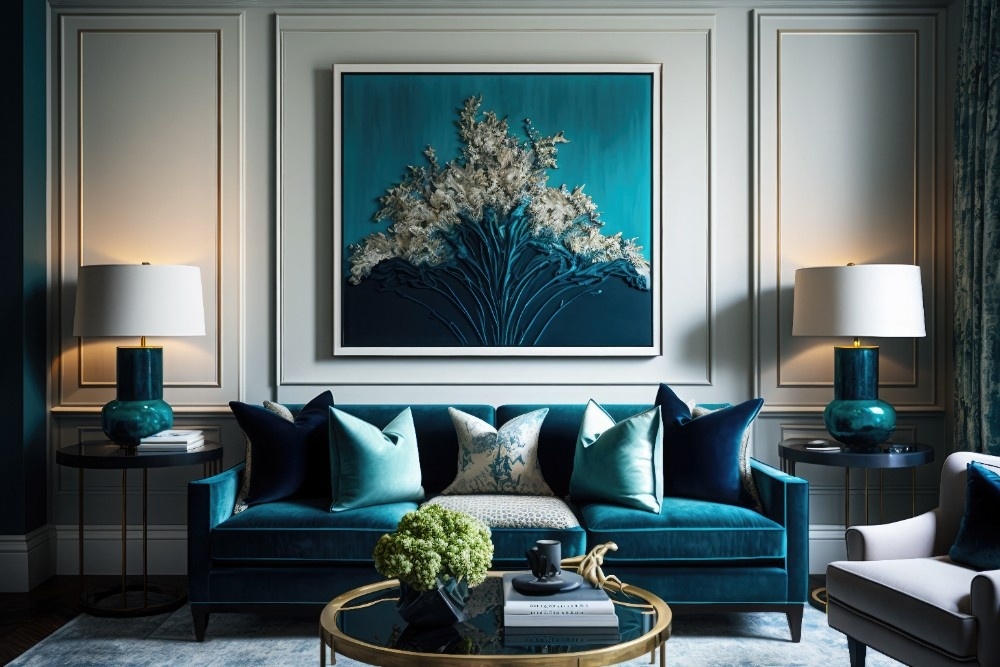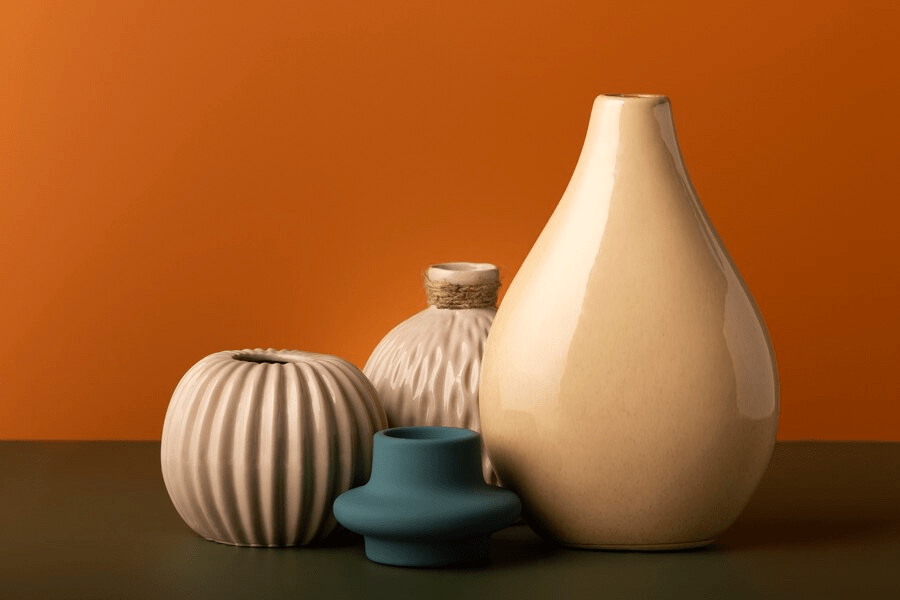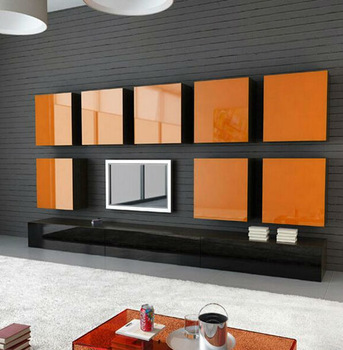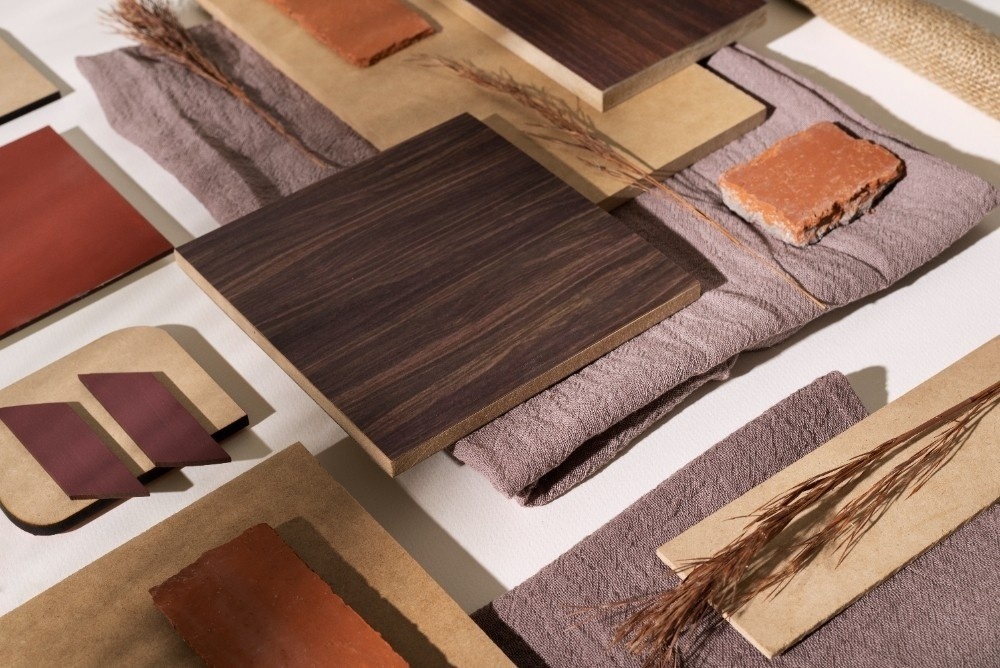“Design Furniture – You create Convenience, Design a Space – You create Comfort, Design a Home – You create Culture.”
I often tell home makers that designing furniture for a home is fundamentally different from designing a home for a family. After the discussion most folks walk away with a fuzzy “I don’t know what she is saying” kind of a look. Today however was different – we had a home maker call in saying “I need Interior design for my home and my designer is giving me furniture design, can you help?”. And I go “Aa, haaa ♪♪♪ ♫♫ ” … with all the chirpy birds & bells going around my head.
Let’s dig this deeper – While creating functional and aesthetically pleasing living spaces, the roles of furniture design, space design, and interior design are crucial yet distinct. While these disciplines often overlap, understanding their unique contribution is critical for home makers to ensure meaningful discussions with their interior design team. Let us go through each.
Furniture Design: Crafting Function
Furniture design focuses on creating individual pieces that serve specific functions within a space. It encompasses everything from chairs and tables to cabinets and sofas, with an emphasis on both practicality and aesthetics. Furniture designers consider not only the visual appeal of their creations but also their ergonomic qualities, durability, and overall utility.
From minimalist Scandinavian-inspired designs to ornately carved antique replicas, furniture design encompasses a wide range of styles and influences, however at its core, furniture design is about crafting functional pieces carefully conceived to fulfill a particular need while also making a statement through its design.
Space Design: Shaping Comfort
Space design takes a broader perspective, focusing on the layout and the organization of furniture within it as a whole. It involves determining how different areas and components within a space relate to each other and how people move through and interact within those spaces. Space designers have to consider factors such as purpose of the space, traffic flow, spatial proportions, and the overall atmosphere of the environment under both natural lighting (during the day) and artificial lighting (after sundown).
Interior Design: Curating Culture
Interior design is the most encompassing of the three disciplines as it involves curating the entire sensory experience of a space and its interplay with life within the space. Interior designers consider not only the layout and furnishings of a space but also elements such as color schemes, textures, and decorative accents. Their goal is to create cohesive and visually appealing environments that evoke specific moods or emotions.
Interior designers work closely with clients to understand their needs, preferences, and lifestyles, translating these insights into personalized design solutions. Whether creating a cozy living room retreat or a sleek corporate office space, interior designers strive to balance functionality with style while reflecting the unique identity of the space’s occupants.
In Summary – When working with a qualified Interior Designer, customers should expect more than just furniture design, this however usually does not happen in most engagements and customers lose out on the full value that an interior designer can bring in.
If you find this idea appealing then you may also be inclined to go through the following TED talk by Frank Gehry on the value of an architect available here https://www.ted.com/talks/frank_gehry_asks_then_what# and 2 of my earlier blog posts at
- Do you Really Need an Interior Designer at https://thestudiobangalore.com/blog/2013/02/do-you-need-interior-designer
- A Car is not JUST a Car. The Element of “Design” in Interior Design at https://thestudiobangalore.com/blog/2013/06/a-car-is-not-just-car-element-of-design
Signing Off
Nandita
Founder & Principal Interior Designer
The Studio by Nandita Manwani
